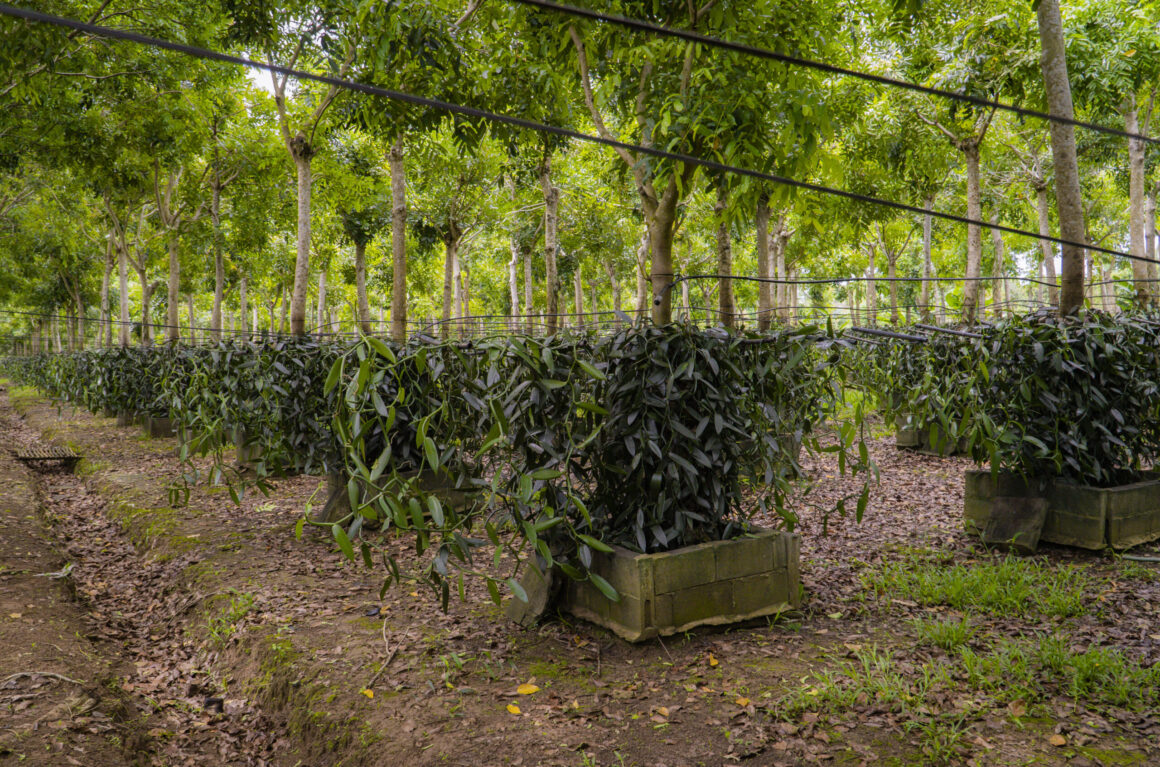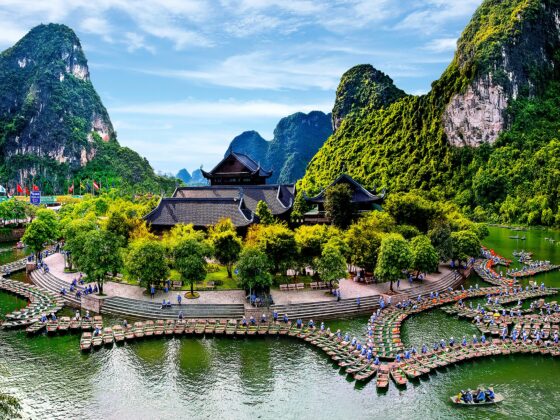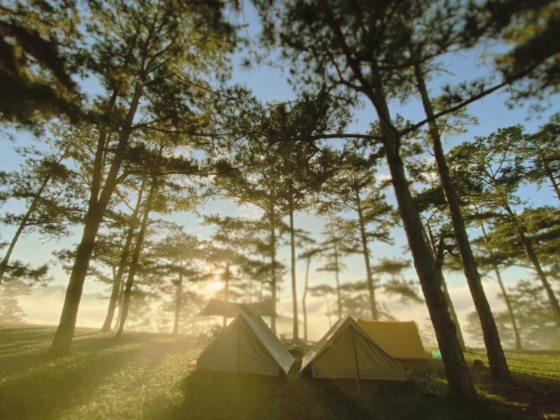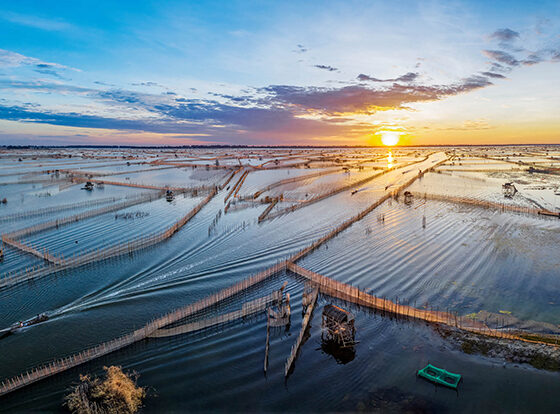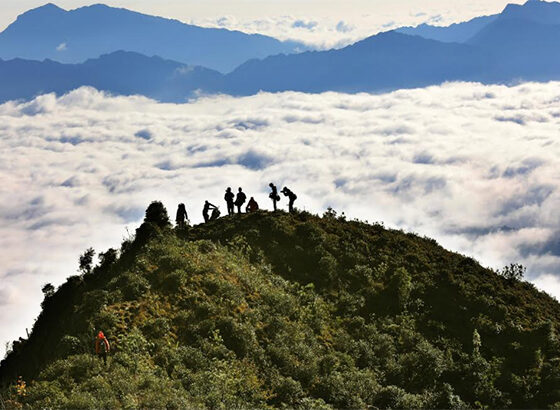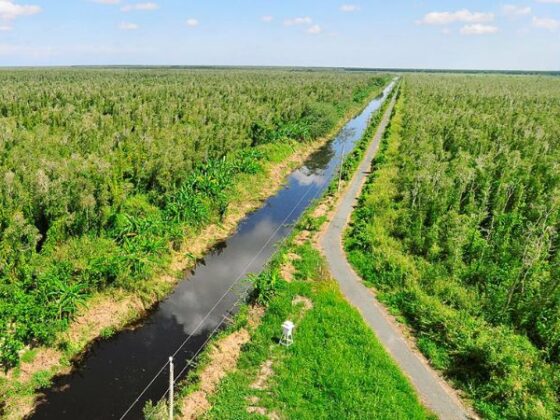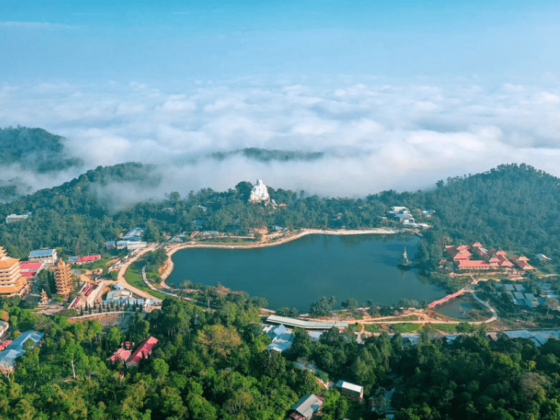Table of Contents Show
Nestled in the tropical highlands of Vietnam, a remarkable transformation is underway—these misty mountain valleys are quietly emerging as Asia’s new vanilla hub. The hidden vanilla farms in Vietnam scattered throughout this picturesque region offer a fragrant journey that awaits exploration, surprising many international travelers who might not associate the country with this exquisite spice. Here’s a closer look at this unique industry and the aromatic adventure it provides.
Read more interesting posts here:
- Workation Vietnam: The Ultimate Guide to Living and Working with Purpose
- Traditional Vietnamese Herbal Medicine: The Dao People’s Smoke Saunas
- The Hidden Giants: Exploring Ancient Trees in Vietnam
The rise of vanilla farms in Vietnam as an agricultural marvel
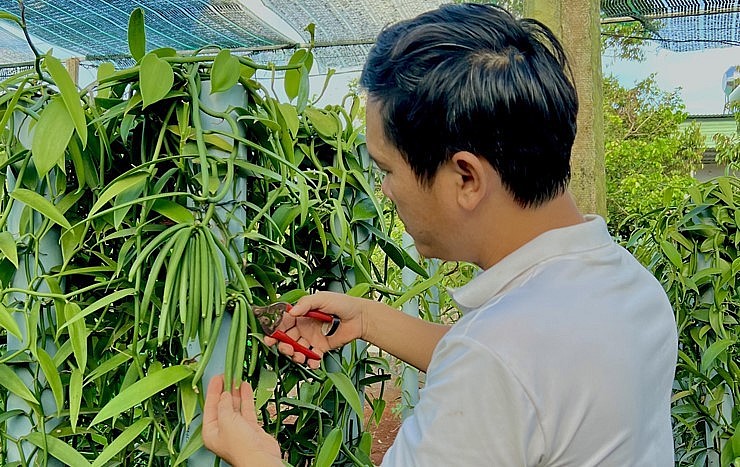
While the country is widely recognized for its thriving coffee and rice industries, an increasing number of farmers are turning their attention to vanilla cultivation. The ideal climate of the highlands, characterized by warm temperatures, high humidity, and rich volcanic soil, creates the perfect environment for vanilla farms in Vietnam to produce high-quality beans. Regions such as Lam Dong and Dak Lak are particularly known for their lush landscapes that support this delicate crop.
Vanilla farming is an emerging agricultural marvel here, often taking place on small family-run lands. These farms may seem unremarkable at first glance, but a closer inspection reveals rows of climbing vanilla vines, each with fragrant flowers that bloom only for a single day. Farmers carefully pollinate these flowers by hand, a time-consuming process that is essential for producing the prized vanilla pods.
The labor of love behind production at vanilla farms in Vietnam

The process of cultivating vanilla is as intricate as it is labor-intensive. After pollination, it takes approximately eight to ten months for vanilla pods to mature. Once harvested, the pods undergo a laborious curing process that enhances their flavor profile. This involves blanching, sweating, and drying them under controlled conditions, allowing the beans to develop their rich, aromatic qualities.
Visiting these vanilla farms in Vietnam provides an opportunity to witness firsthand the dedication that goes into production. Travelers can engage with local farmers, who share the intimate stories behind their craft and the importance of sustainable farming practices. This connection not only enriches the visitor experience but also fosters a deeper appreciation for the hard work that goes into producing this luxurious ingredient.
A fragrant adventure at vanilla farms in Vietnam
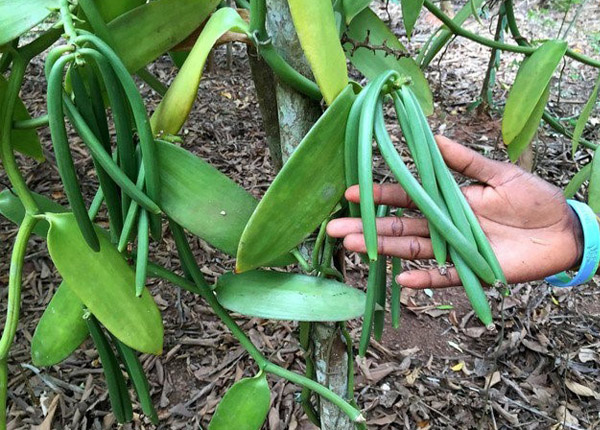
The hidden vanilla farms in Vietnam offer more than just the opportunity to learn about production; they present a fragrant adventure in a breathtaking setting. As visitors roam the plantations, they are enveloped in the sweet aroma of vanilla blossoms, creating an unforgettable sensory experience. The lush greenery and scenic mountain vistas add to the magic, making it a perfect backdrop for exploration and relaxation.
In addition to visiting vanilla farms in Vietnam, international travelers can partake in culinary workshops that highlight the use of vanilla in traditional dishes. Local chefs often incorporate vanilla into sweet treats, such as vanilla-flavored chè (a sweet dessert soup) or infused beverages, showcasing the versatility of this exquisite spice. These culinary experiences offer a unique taste of the country that goes beyond the usual fare.
Promoting sustainable practices across vanilla farms in Vietnam
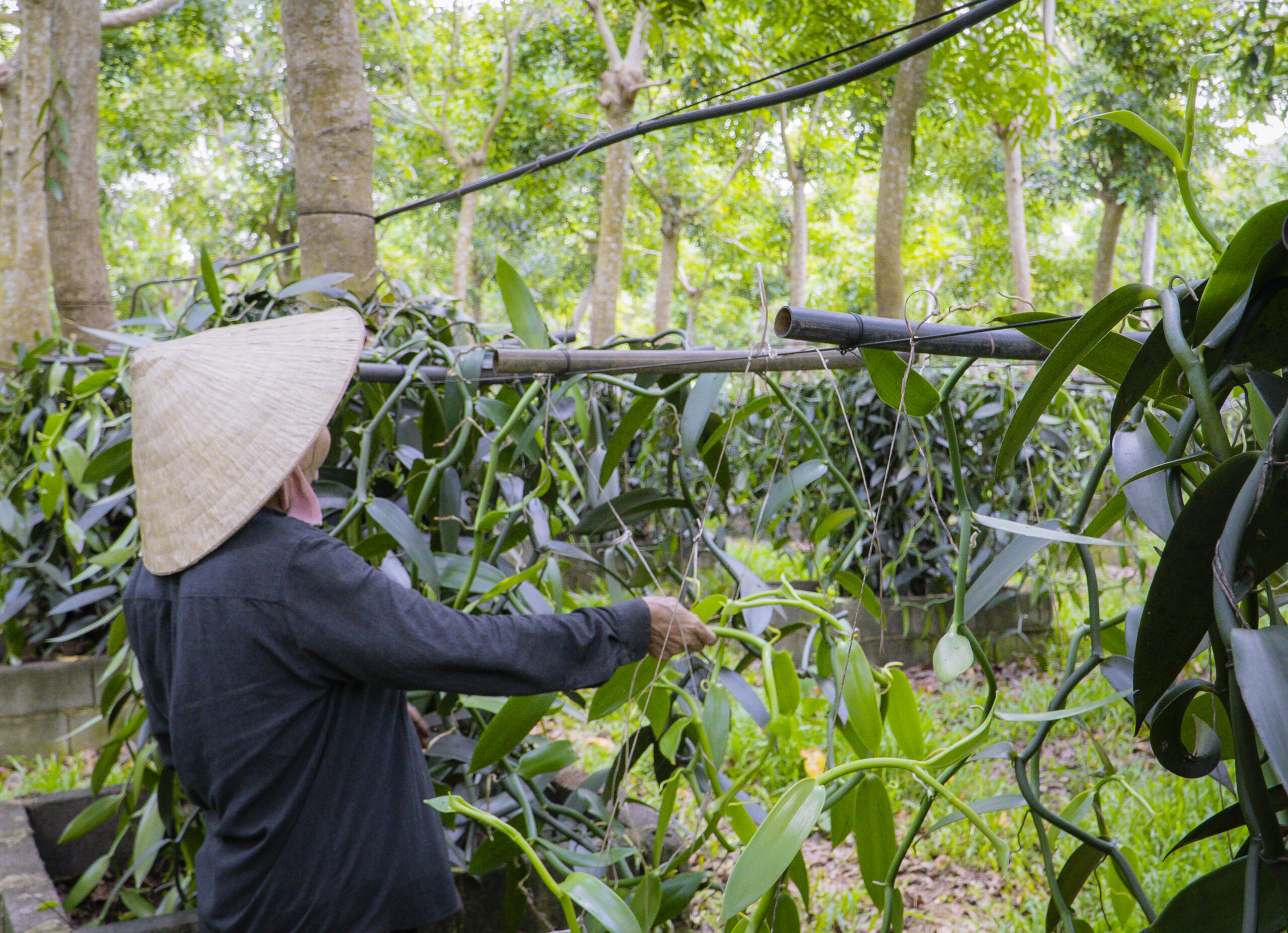
As the demand for Vietnamese vanilla grows in international markets, there is a strong emphasis on promoting sustainable farming practices. Farmers are increasingly adopting organic methods, minimizing the use of chemicals, and focusing on biodiversity. This approach not only benefits the environment but also enhances the quality of the vanilla produced.
Sustainable practices are also crucial for the long-term viability of this burgeoning industry. Many vanilla farms in Vietnam engage in community-based initiatives, working collaboratively to ensure that local ecosystems are preserved while providing fair wages to workers. This commitment to sustainability is essential for maintaining the delicate balance between economic growth and environmental stewardship.
Conclusion
The hidden vanilla farms in Vietnam represent a fragrant treasure waiting to be discovered by international travelers. These lush highland plantations are more than just producers of a sought-after spice; they are a testament to a sustainable and artisanal approach to agriculture that honors both the land and its people. As visitors delve into the labor of love behind vanilla cultivation, they embark on a sensory journey that surprises and delights, proving that Vietnam’s agricultural diversity extends far beyond its well-known exports.
Join our vibrant community on Facebook to share your trekking stories and tips, and don’t forget to like the ExoTrails fanpage for the latest updates and exclusive offers!
Frequently Asked Questions (FAQs)
1. Where are the best vanilla farms in Vietnam located?
The majority of high-quality vanilla farms are located in the Central Highlands, specifically in the Lam Dong and Dak Lak provinces, as well as some areas in Binh Thuan province.
2. Can tourists visit vanilla farms in Vietnam?
Yes, many farms are opening their doors to eco-tourism, allowing visitors to tour the plantations, learn about the hand-pollination process, and buy fresh products directly from the farmers.
3. Is the quality of vanilla from vanilla farms in Vietnam good?
Absolutely; due to the favorable soil and climate conditions in the highlands, Vietnamese vanilla is gaining a reputation for having a rich, complex flavor profile comparable to other top global producers.

